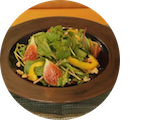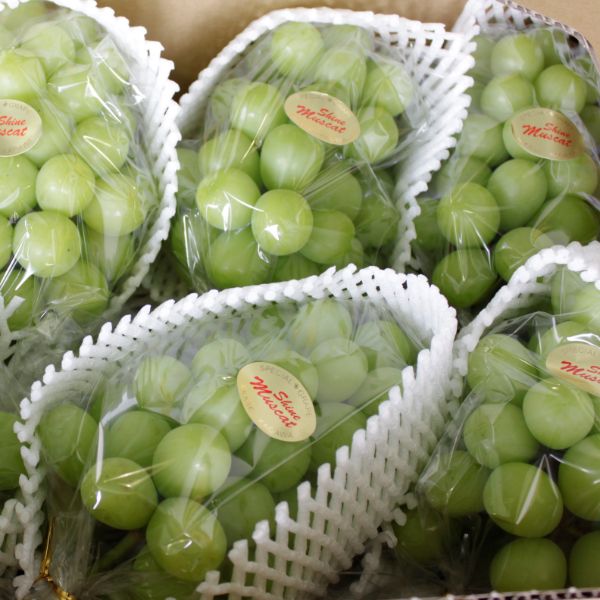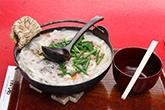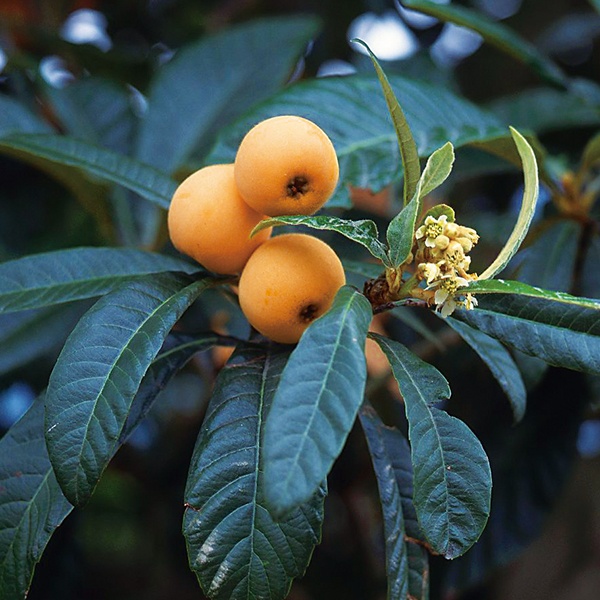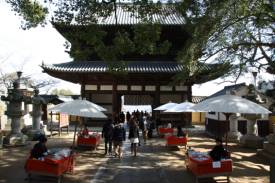LOVE Sanuki's report
The 79th Botaori
One of the major projects of Yoshimoto, "A project to live in your town", to make Japan feel good from the area. Entertainer "Kaji Tsuyoshi" who lives in Kagawa reports on local products.
reporter
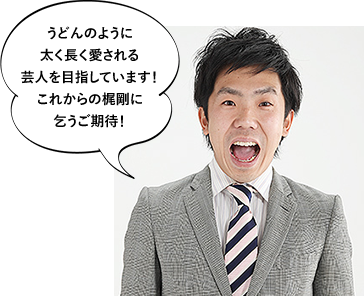
KAJI Tsuyoshi
NSC Osaka school 22nd grade
2005 Formed "Katsuyama Kaji" with Moody Katsuyama
2008 ABC Comedy Newcomer Grand Prix Newcomer Award
2010 Active as a pin entertainer
Birthplace: Mitoyo City, Kagawa Prefecture Born March 1981, 3

Botaori is a traditional craft from Kagawa Prefecture, and is loved by many people for its soft texture and comfort.Mr. Kaji visited Iwabu Botaori Honpo, the only producer of Hotaori.
-

What kind of fabric is Hotaori?
When I entered the store, I saw a variety of colorful clothes and accessories.The fabric used has a unique texture with uneven surfaces.
``This unevenness is a characteristic of Hotaori, and it feels very comfortable,'' Takuo Iwabe, the fourth generation president, told me. -

``Products such as sheets are woven by machines, but special products are still woven by handlooms.'' In front of your eyes, you can see the handlooms woven with bright red, yellow, and green threads. There was a chance.
``How is Hotaori woven?'' Mr. Kaji was impressed by the soft texture and was also curious about the weaving method. -

"Let's try weaving a little," Iwabe-san said, sitting down in front of the handloom and moving the weft threads back and forth several times.Bota-ori creates a texture by adding a twist to the basic weaving method of textiles, ``Hiraori''.
Plain weave is a weaving method in which one warp thread and one weft thread intersect.This is a weaving method used for things such as shirts, and the fabric is finely woven, uniform, and durable. -

Bota-ori is a plain weave, where the weft threads are threaded three times, and the threads are floated the fourth time, creating a waffle-like unevenness.Botaori has the texture and durability of a plain weave.It was given the auspicious name ``Hota-ori'' because it can be kept strong for a long time.
*The weave in the front of the photo is plain weave, and the weave in the back is Hotaori. -

Hotaori is cool in summer and warm in winter
``Thanks to the uneven surface, it feels smooth against the skin,'' says Kaji, touching the Hotaori and realizing how good it feels against the skin.
``The unevenness creates a space between the fabric and your skin, which keeps you cool in the summer.Even if it absorbs sweat, it dries quickly,'' says Iwabe.It seems to keep you dry and comfortable even in the hot summer car.In winter, it is difficult to feel the coldness of the fabric because it does not stick tightly to the skin.
``It's cool in the summer and warm in the winter. Bota-ori is comfortable to wear all year round,'' agrees Kaji. -

The Iwabe family inherited Hotaori in the Meiji period.
Hotaori was born in 1689 (Genroku 2) during the Edo period.The lord of the Takamatsu domain invited a weaver from Kyoto, Kitagawa Ihei Tsunekichi, to make them.At that time, it was a high-quality silk fabric that was used as a purveyor to the Takamatsu clan, and was used as a gift to the shogunate.Only senior samurai could wear it.
In the Meiji period, the Iwabe family, who were related to the Kitagawa family, took over the technique, and it continues to this day.The first generation of Iwabe Hota Ori Honpo started weaving with cotton thread instead of silk thread, and ordinary people became able to wear it. -

Botaori has continued for a long time even as lifestyles change.The secret to this is that the first generation of the Iwabe family was among the first to turn to daily necessities such as sheets and handkerchiefs.
“There are rules for how to weave Hota-ori, but there are no rules for silk or cotton threads, and there are also no rules for the thickness or pattern of the threads.”
Mr. Iwabe believes that this generosity led to the creation of patterns that suited the times and fabrics tailored to the purpose, and is one of the reasons why Hotaori has been preserved to this day.
Mr. Kaji also reflected on how Hotaori changes with the times, saying, ``Because it is truly a good product, we have made it easy to use in today's times.'' -

Hotaori recommended by Iwabe
Our recommended Hotaori sheets.Mr. Iwabe says that once you use it, you won't want to use anything else because it feels so good on your skin.Women also like blouses and jackets, and men like shirts.The reason for its popularity is that it is soft to wear and can be worn naturally without ironing.
-

While looking at various products, Mr. Kaji also wanted to try out the comfort.
“Kaji-san, please try wearing Samue.”
At Iwabe-san's recommendation, Kaji-san decided to try on Samue. -

Only when you wear it will you know how good it really is.
Kaji-san looks comfortable in his dark gray Samue.
As for comfort, ``I thought it would be heavy because the fabric is sturdy, but when I put it on, it's much lighter and softer than I imagined.When you actually wear it, you realize the true beauty of Hotaori.'' "I was surprised at how comfortable it was, more than I expected." -

The charm of Hotaori can only be felt when you actually hold it in your hands.
Mr. Iwabe said that he would like to continue exhibiting at department store events across the country and convey the charm of Hotaori to as many people as possible.
















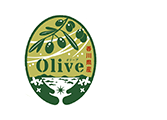 Olive products from Kagawa Prefecture
Olive products from Kagawa Prefecture



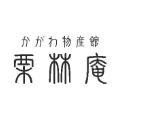
 Stores handling olive-related products
Stores handling olive-related products


